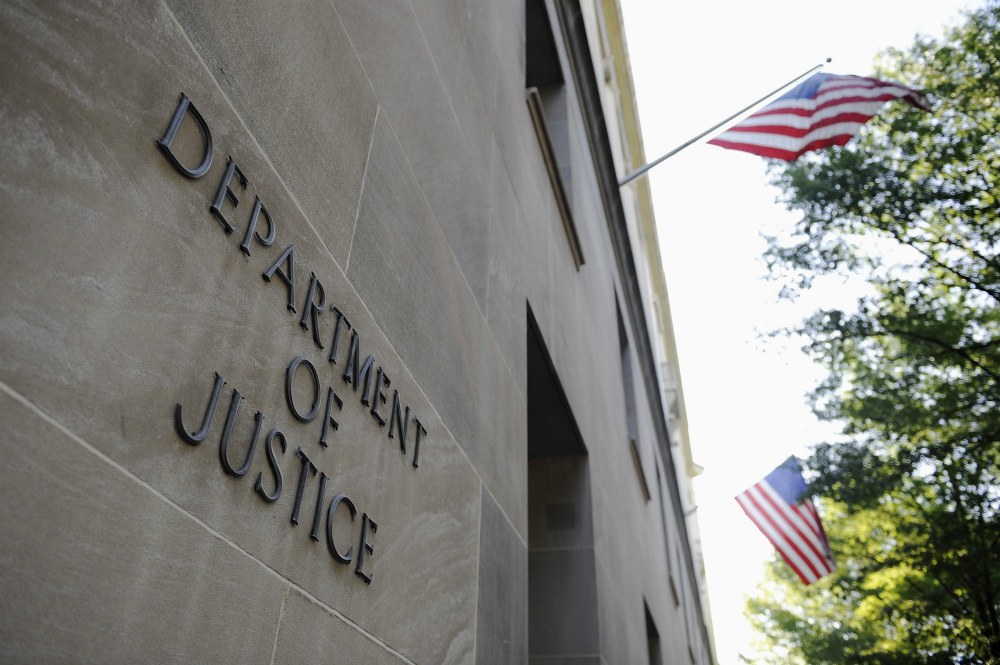
The researchers arrived at this conclusion by studying data for reverse transcription polymerase chain reaction testing (RT-PCR), the most commonly used test to diagnose COVID-19. Samples for RT-PCR are obtained by taking a swab from the back of a person's nose or throat and isolating genetic material from it. If RNA specific to SARS-COV-2 -- the virus responsible for COVID-19 -- is present in the swab, the RT-PCR machine will first convert that RNA into DNA then make multiple copies of it. This allows scientists to confirm whether a person is infected by the coronavirus or not.
False negatives occur in stages of infection
For their study, the team reviewed seven studies that used RT-PCR tests. In total, the researchers analyzed over 1,300 swab samples, including those from patients admitted to hospitals.
“A negative test, whether or not a person has symptoms, doesn't guarantee that they aren't infected by the virus,” explained lead author Lauren Kucirka. “How we respond to, and interpret, a negative test is very important because we place others at risk when we assume the test is perfect. However, those infected with the virus are still able to potentially spread the virus.”
Kucirka and her team also noted that certain patients – those with known exposures or those who belong to high-risk populations – should be treated as if they were infected, especially if they start showing COVID-19 symptoms.
In addition, they believe that patients should know about the limitations of the RT-PCR tests. Despite being referred to as the “gold standard” in virus detection, the tests may not always yield accurate results. This makes the timing of the test an important factor in improving its predictive value.
According to the researchers, RT-PCR tests can lead to a false negative diagnosis if the swab misses collecting infected cells. This can also happen if a person is tested very early during the infection – that is, when virus levels are still very low. (Related: Low sensitivity of coronavirus tests means patients may be getting INCORRECT results, warn experts.)
In particular, the team warned against interpreting RT-PCR test results hastily, especially for high-exposure groups like health workers, nursing home residents and hospitalized patients, as earlier studies have found false negatives in these populations.
Accuracy is time-dependent
The team revealed that the likelihood of a person getting a false negative result depends on the stage of his infection when he was tested. Patients tested on the first day of infection are very likely to receive a false negative. The probability of this drops to 67 percent on day four, and goes further down to 20 percent on day eight.
The researchers observed a similar trend when testing was done post-infection. On the third week after infection, they noted an increase in the likelihood of a person getting a false positive result. This finding, according to the authors, suggests that RT-PCR accuracy may be limited during this period.
Based on the results of their analysis, the team recommends testing eight days after the infection, or around three days after symptoms start to appear. However, testing during this period can still lead to false negatives in 20 percent of tests, or one in five people.
“We are using these tests to rule out COVID-19, and basing decisions about what steps we take to prevent onward transmission, such as selection of personal protective equipment for health care workers,” Kucirka said.
“As we develop strategies to reopen services, businesses and other venues that rely on testing and contact tracing, it is important to understand the limitations of these tests.”
Pandemic.news has more about the ongoing Wuhan coronavirus pandemic.
Sources include:
Please contact us for more information.























